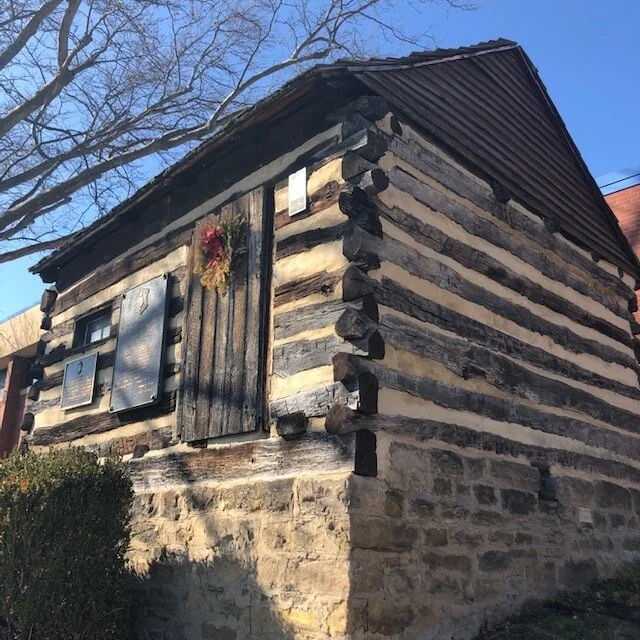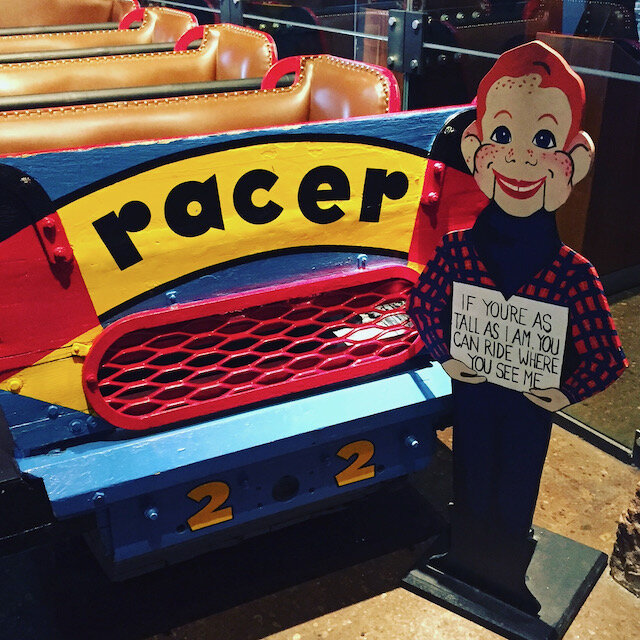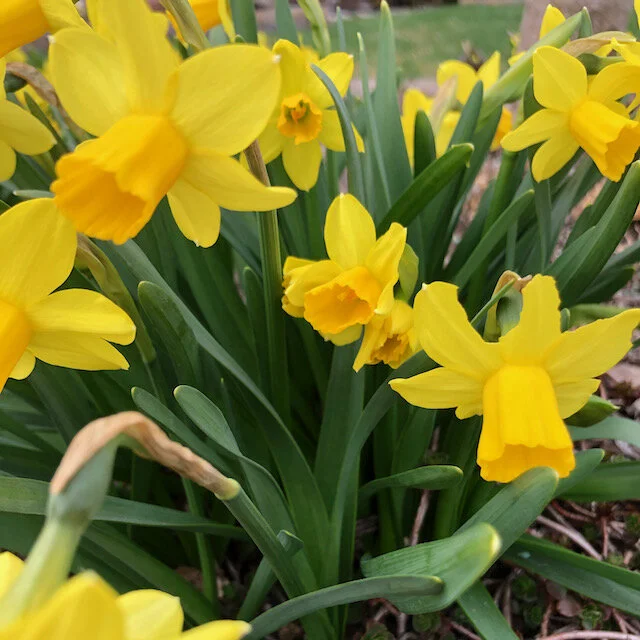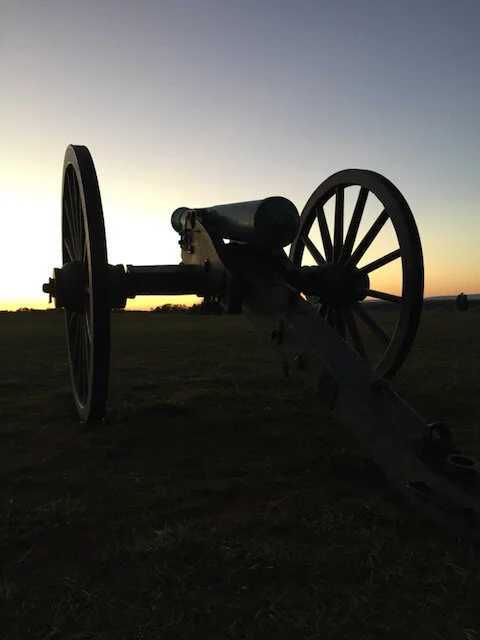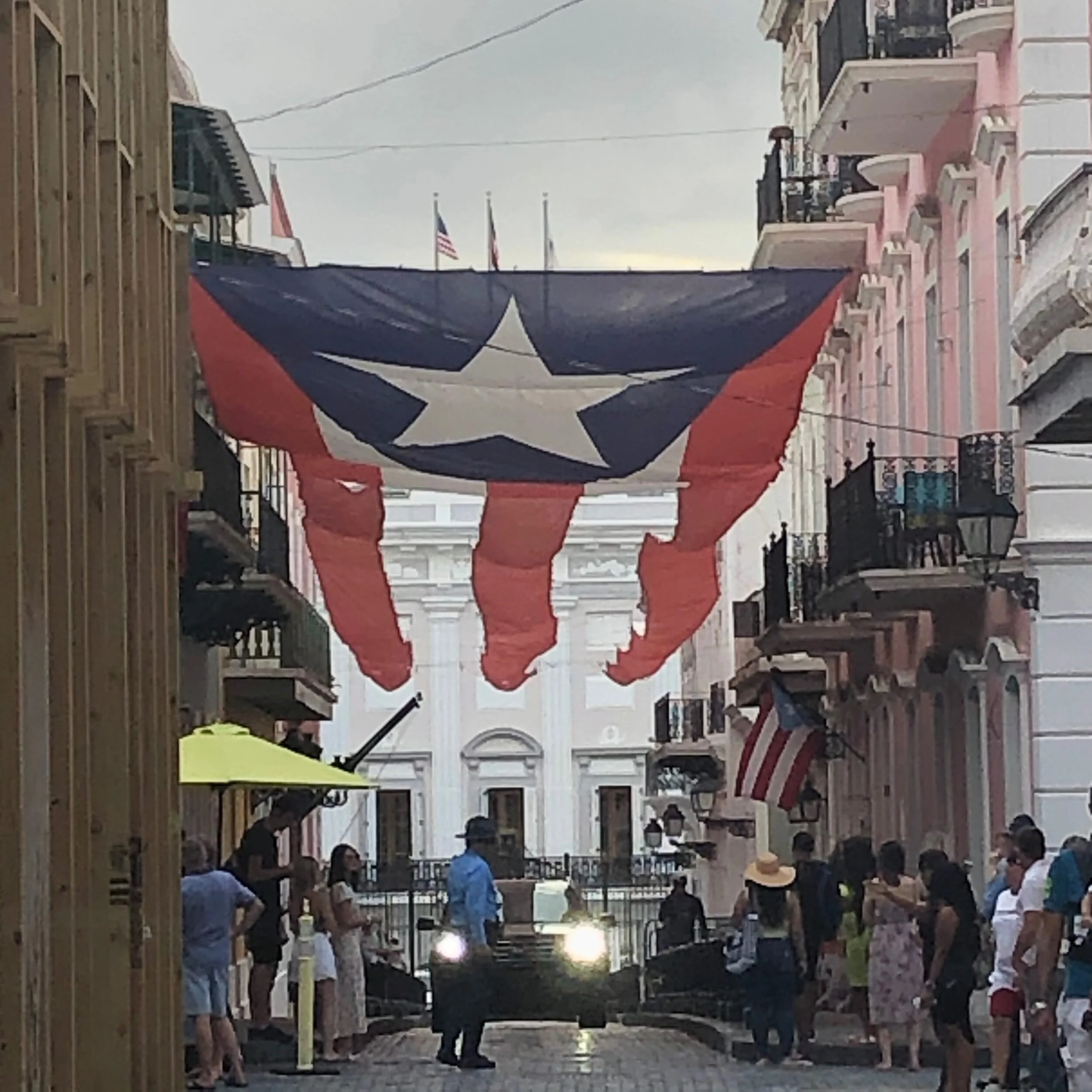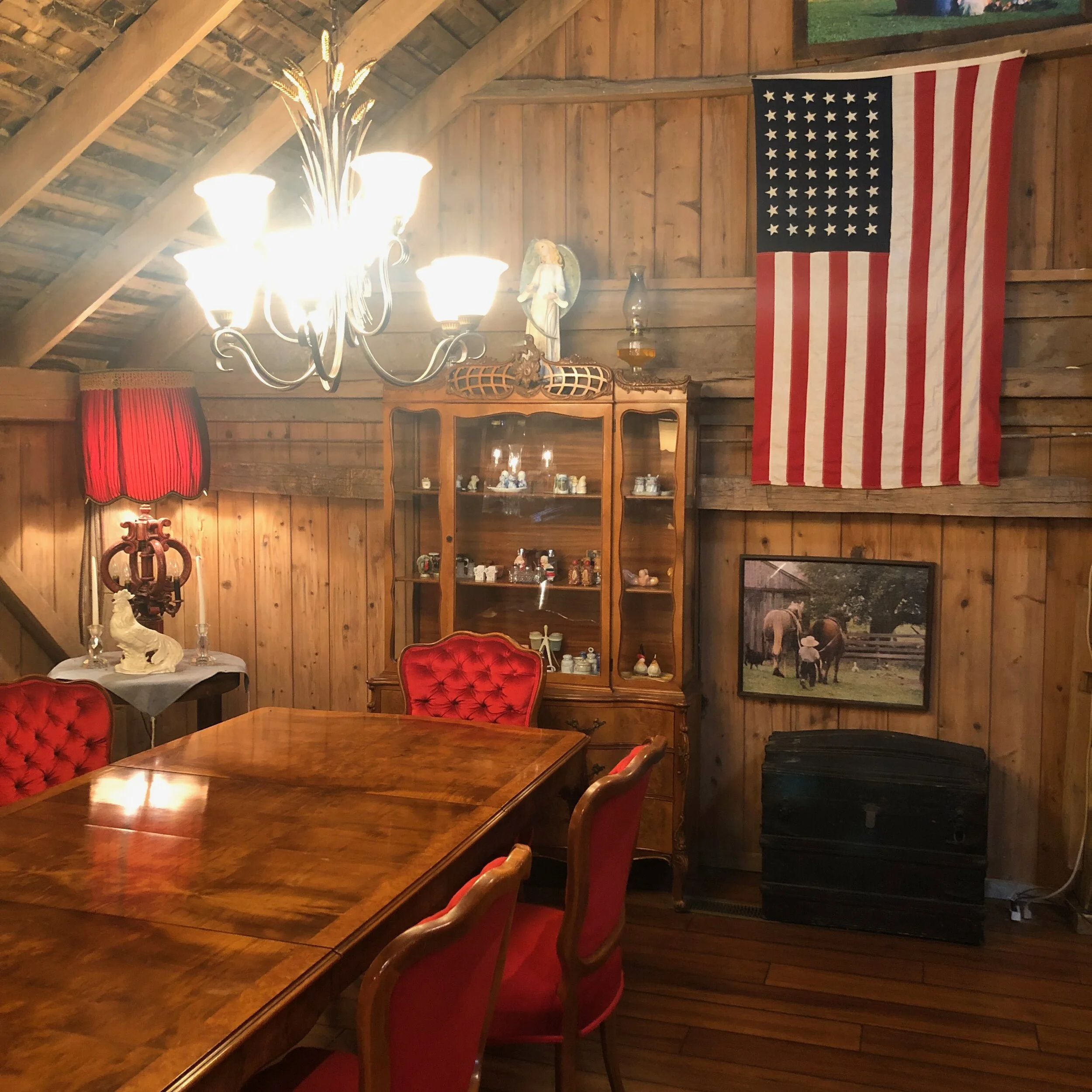There's No Place Like Home
My father was truly the quintessential family man. He helped his mother raise his own siblings. After completing the 8th grade, he found work in the local mill, He played semi-pro baseball and softball on the mill team. He bowled in a couple of leagues. And when the nation called, he went off to war.
He returned to Canonsburg, and one day while working as a cook and staying with a more wealthy Canonsburg family who owned a cabin on the lake, he met a young woman named Regina Mae. The courting began in earnest. He proposed and they married. John and Mae started their family. I was the first of five children and was raised in a happy and loving home.
As kids we were encouraged to study hard in school and to play hard outside — until the street lights came on — when we were then expected to be home for supper. I’ve a number of fond memories of growing up in Canonsburg. But it wasn’t until years later that I learned a few very interesting facts about ‘Guntown’ and the folks who lived in this part of Penn’s Woods. So to keep this tall tale growing …
Q: What do George Washington, the Whiskey Rebellion, an old log school house, the Manhattan Project, Perry Como, chocolate candy, and Emeril Lagasse all have in common?
A: They all in some way have shaped the history of my family’s hometown, Canonsburg, Pennsylvania.
Colonel John Canon was a member of the local militia. He fought in the American Revolution but not in the better known battles or encampments in Boston, New York, Trenton, Valley Forge, or Yorktown. Rather, he was engaged with fighting Indians in frontier skirmishes where tribal war parties were thought to be aligned with the British attempting to outflank the colonials as well as re-capture the Ohio Valley. After the war for Independence, John Canon purchased a stretch of land from retired General George Washington, a Virginian.
There were other former soldiers who helped settle the frontier. Many accepted land in exchange for back pay not received for their services during the war. These independent-thinking men became farmers, blacksmiths, traders, trappers, tavern owners, dairymen, merchants, and in Canon’s case a miller. Colonel Canon’s mill was located along the Chartiers Creek. Life was tough in Southwestern Pennsylvania. And these hardscrabble farmers didn’t know about mining or any of the other yet to be invented trades.
But they did know how to make whiskey. And this hill-billy skill was frowned upon by Gentlemen Farmers such as George Washington — who by the way owned a distillery just outside of Mount Vernon. The history books will tell you that the Whiskey Rebellion was about collecting taxes and somehow regulating the production of spirits. I believe a bunch of former soldiers and former Indian Fighters got drunk one day at the Black Horse Tavern and thought up a way to avoid paying these taxes and/or they wanted to go head to head in competing with General Washington in the Whiskey trade.
Coincidental with the rabble rousing down at the local taverns, we find the Reverent John McMillan starting up his Log School. Some say that the McMillan school served as the first college west of the Appalachian Mountains. Latin, Greek, mathematics, and other classics were somehow studied and debated between rounds of whiskey drinking.
Of course this is not the history I learned at either the First Street Elementary or Canon-McMillan Middle Schools. But my Dad did tell me that my first official haircut was given to me by a fellow named Perry Como. Mr. Como was a barber by day and a big band singer by night. Dad and Mom also took the Lesko clan to Kennywood Park where we enjoyed riding wooden roller coasters and riding the Ferris Wheel. But that may be the topic for another post on another day.
Which brings me to the unfinished business and topics not yet explained about my home town, Canonsburg:
There once was uranium ore refined and milled on the outskirts of Canonsburg. The Standard Chemical Company operated this refining mill from 1911-1922 and again from 1930 to 1942. The government bought the uranium ore from Vitro and used it in the Manhattan Project.
Sarris Candies is a specialty chocolate and candies company based in Canonsburg. That’s Julia and I (above) after we’ve sampled some ice cream and ordered some chocolate.
There are other hidden gems located throughout the ‘Burg. On Chartiers Street is a small Greek bakery where you can pick up delicious homemade cookies.
And recently I learned that the All-Clad steel company manufactures Emeril Lagasse’s cookware out near South Point.
Canonsburg … Who knew?! … This little borough is famous for it’s patriotism, parades, entertainers, athletes, and oh-so-much more.


